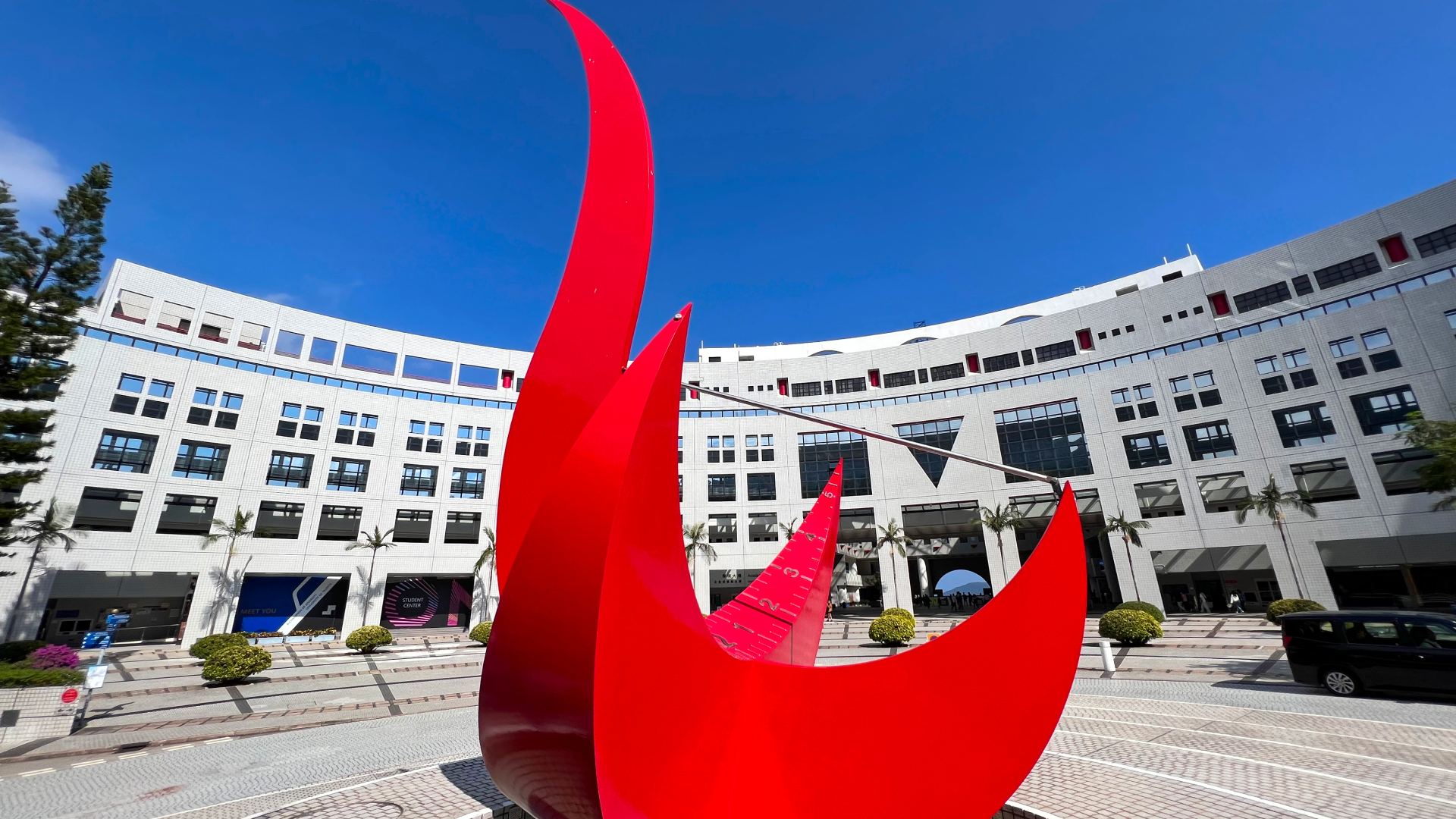News & Stories
2019
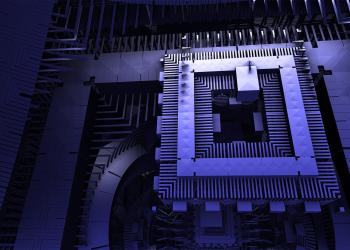
News
HKUST Physicist Contributes to New Record of Quantum Memory Efficiency Bringing Quantum Computers Closer to Reality
A joint research team of The Hong Kong University of Science and Technology (HKUST) and The South China Normal University (SCNU) has set a new record of photonic quantum memory efficiency, pushing quantum computation a step closer to reality.
Like memories in computers, quantum memories are essential components for quantum computers – a new generation of data processors that obey quantum mechanics laws and can overcome the limitations of classical computers. They may push boundaries of fundamental science and help create new drugs, explain cosmological mysteries, or enhance accuracy of forecasts and optimization plans with their potent computational power. Quantum computers are expected to be much faster and more powerful than their traditional counterparts as information is calculated in qubits – which unlike the older units (bits) used in classical computers, can represent both 0 and 1 at the same time.
2016
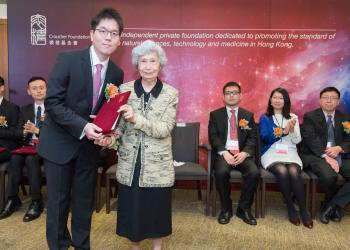
News
HKUST Physicist Prof Gyu Boong Jo Wins Croucher Innovation Award 2016
Prof Gyu Boong Jo, Assistant Professor of the Department of Physics at the Hong Kong University of Science and Technology (HKUST), was honored with the prestigious Croucher Innovation Award 2016 by the Croucher Foundation for his distinguished scientific research achievements. The award carries a value of HK$5 million over a span of five years. Prof Rosie Young, GBS, JP, officiated at the award presentation ceremony yesterday.

News
Breakthrough Discoveries in Ising Superconductivity
Theoretical physicists from the Department of Physics at the Hong Kong University of Science and Technology (HKUST) gave an explanation to the phenomenon of superconductivity surviving under strong magnetic field, offering a theoretical answer to an unsolved experimental observation by a group of scientists in the Netherlands.
The collective findings were published on November 12, 2015 in Science.
[DOI:10.1126/science.aab2277].(http://m.sciencemag.org/content/early/2015/11/11/science.aab2277.abstract)
Superconductivity is a quantum phenomenon in which electrons form pairs and flow with zero resistance. However, strong enough magnetic field can break electron pairs and destroy superconductivity. When researchers from the Netherlands informed Prof Vic Law’s team that superconductivity in thin films of MoS2 could withstand an applied magnetic field as strong as 37 Tesla, Prof Law and his student Noah Yuan came up with an explanation.
2015
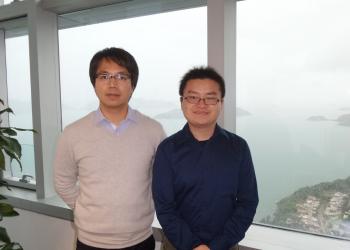
News
HKUST Theoretical Physicists Solve the Puzzle of Ising Superconductivity
A research team led by Prof Vic Kam Tuen Law, Assistant Professor of the Department of Physics at the Hong Kong University of Science and Technology (HKUST), gave an explanation to the complex phenomenon of superconductivity that survives under strong magnetic field, offering a theoretical answer to an unsolved experimental observation by a group of scientists in the Netherlands. The collective findings were published in Science on 12 November 2015.
Superconductivity is a quantum phenomenon in which electrons form pairs and flow with zero resistance. However, strong enough magnetic field can break electron pairs and destroy superconductivity. When informed by researchers from the Netherlands that superconductivity in thin films of MoS2 could withstand an applied magnetic field as strong as 37 Tesla, Prof Law and his student Mr Noah Yuan came up with an explanation and solved the puzzle.
2014
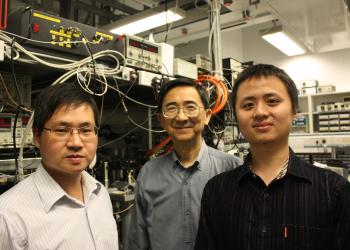
News
HKUST Physicists Control Photon's Shape for Record Loading Efficiency into a Cavity
A research team at the Hong Kong University of Science and Technology (HKUST), led by Prof Shengwang Du, Associate Professor of Department of Physics, succeeded in controlling photon’s shape, and reached a record photon loading efficiency of 87% into a cavity. The scientific breakthrough can be used to build nodes of a quantum network based on cavity quantum electrodynamics (CQED) and will help advance the development of quantum communication. The research findings were published recently in Physical Review Letters, one of the most prestigious journals in physics.
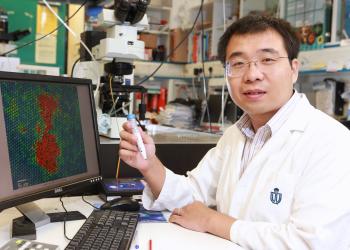
News
HKUST Physics Expert Honored for Contributions in Materials Physics
Prof Yilong Han, Associate Professor in the Department of Physics at the Hong Kong University of Science and Technology (HKUST) was awarded the 2014 Achievement in Asia Award (AAA) for his distinguished contributions in melting transition, glass transition and the observation of geometrical frustration through creative experiments in colloidal dynamics. The award was shared by Prof Han and Prof Wang Yao, Associate Professor in the Department of Physics at the University of Hong Kong.
Presented by the International Organization of Chinese Physicists and Astronomers (OCPA), the annual award acknowledges only one or two Chinese scientists below 50 years of age and working in Asia for their outstanding achievements in the field of physics and astronomy. Prof Han will receive his award at the meeting of the American Physics Society in March 2015.
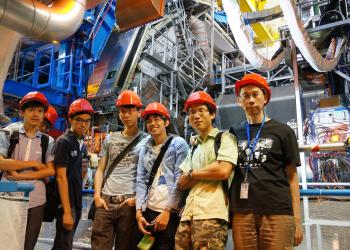
News
HKUST Researchers Join a Top Particle Physics Experiment
A group of researchers from the Hong Kong University of Science and Technology (HKUST) has become the member of a team of physicists from Hong Kong, who has now formally joined one of the most prestigious physics experiments in the world – a top particle physics experiment. Following a unanimous vote of approval today by its Collaboration Board, ATLAS has accepted the Hong Kong team as a member.
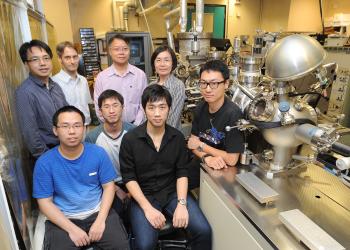
News
HKUST Physicists Discover Novel Materials For Developing Fault-tolerant and Practical Quantum Computers
A research team from the Department of Physics at the Hong Kong University of Science and Technology (HKUST) has achieved a scientific breakthrough by demonstrating that a two-dimensional superconductivity occurs at the interface between two new classes of materials. The groundbreaking discovery in the emerging field of topological superconductors could advance the development of a practical fault-tolerant quantum computer with unusually high computing power, and data storage abilities. The findings were recently reported in a paper entitled “Two-dimensional superconductivity at the interface of a Bi2Te3/FeTe heterostructure” that was published in the prestigious journal Nature Communications.

